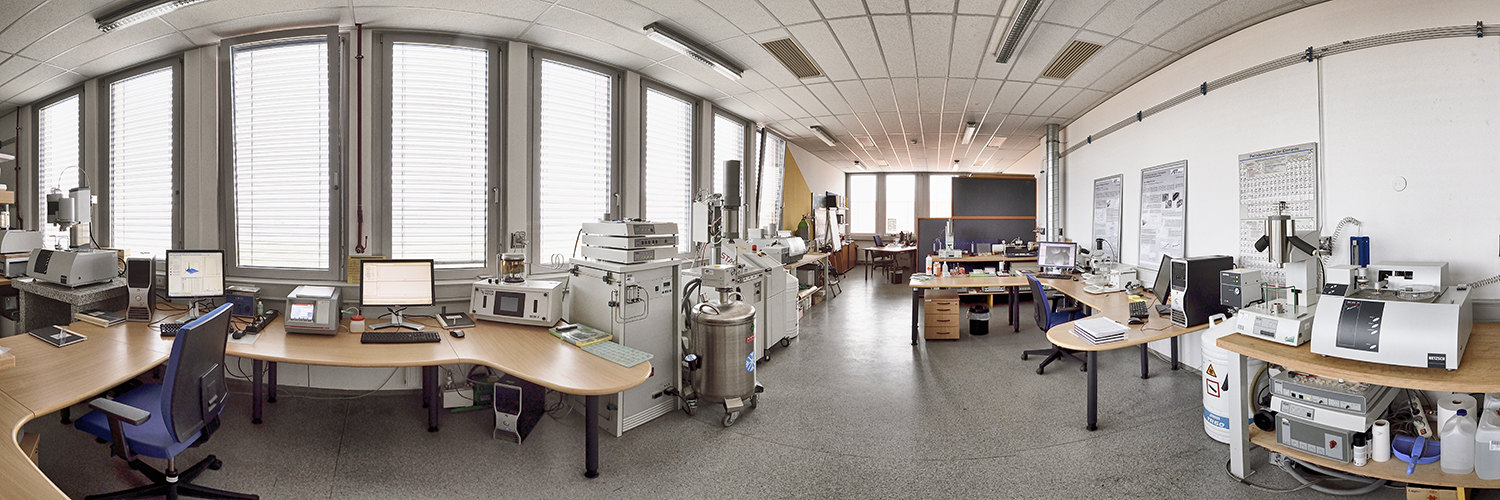Materials and Applications
Materials: Metals, Ceramics & Glass, Polymers, Inorganics & Organics with solid, viscoelastic or liquid material properties as well as evolved gas analysis
Applications: Drying, Alloys, Building materials, Insulations, Battery cells, Phase Change Materials (PCM), Biomass, Adhesive- and sealants, Composites, Oils, Petrochemistry, etc
Measured quantities
| Thermophysical properties (-180 °C to 1600 °C) | ||||
| Thermal conductivity λ(T) | Specific heat capacity cp(T) | Thermal expansion ΔL(T)/L0 | ||
| Thermal diffusivity a(T) | Density ρ(T) | Linear coefficient of thermal expansion CTE α(T) | ||
| Thermal analysis (-180 °C to 1600 °C) | ||||
Characteristic temperatures:
Enthalpy determination:
Mass change and evolved gas analysis:
| ||||
| Viscosity and density of liquids (-60 °C to 135 °C) | ||||
| Viscosity and Density measurements of Oils, Jet fuels, Diesel, Heavy fuels, Lubricants, Waxes and other liquids | ||||
Kinetic Analysis
Based on measured experimental data from a targeted design of experiment, a set of kinetic parameters (e.g. number of steps, reaction types, activation energies, reaction order) can be derived through the kinetic analysis. These results can be used for further predictions and optimizations of the measured processes.
| Application examples |
| Prediction of reaction progress and optimisation of the temperature control (e.g. thermal decomposition, curing or sintering processes) |
| Implementation of the kinetic models in spatial space-resolved temperature field simulations (Finite Element Model) |




